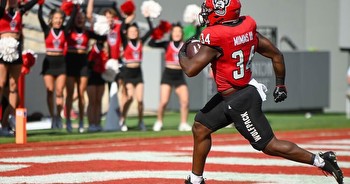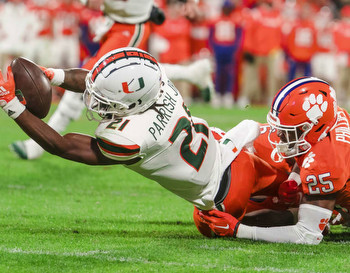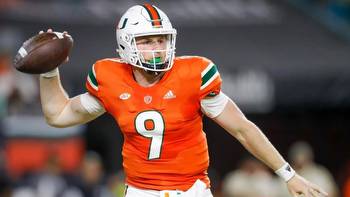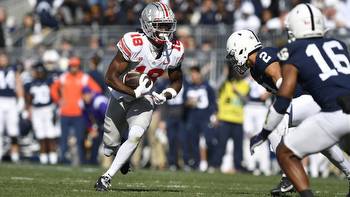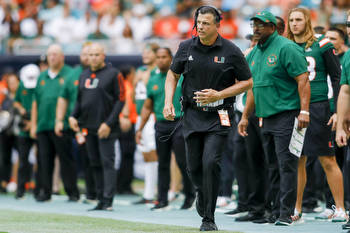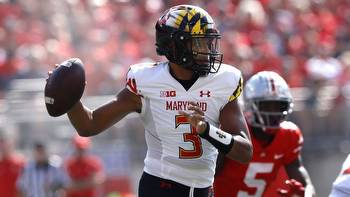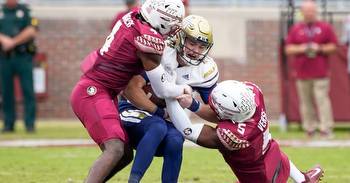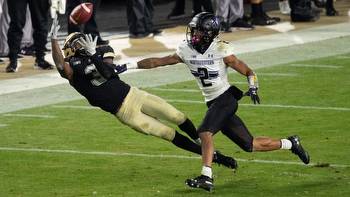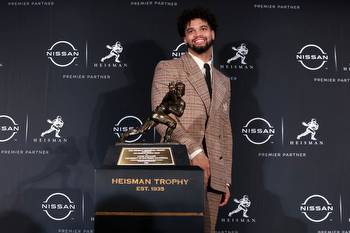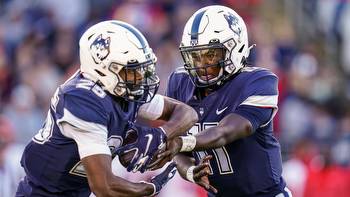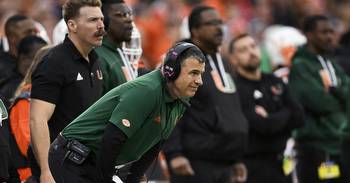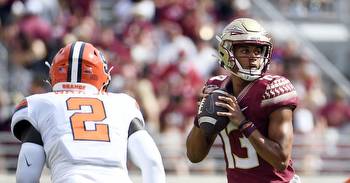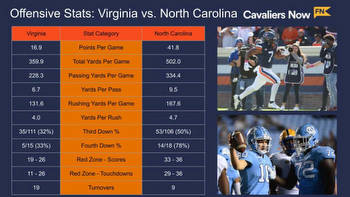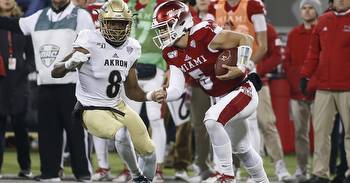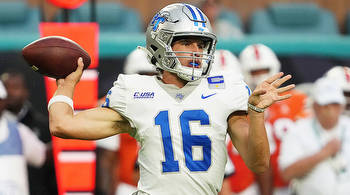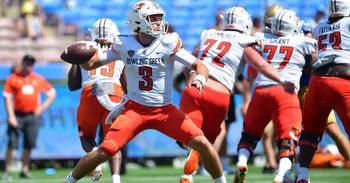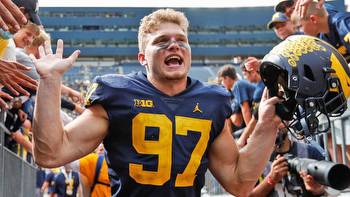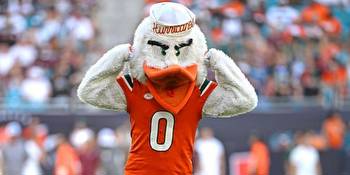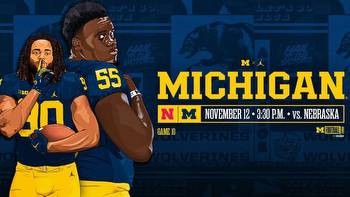Limiting negative plays will be a big key for Miami’s new-look offense
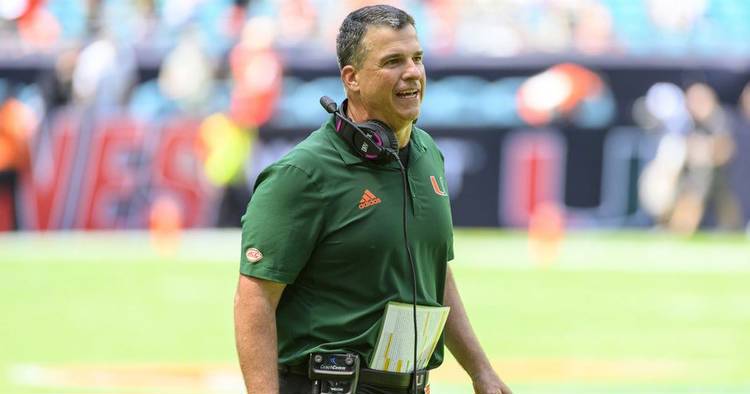
Risk vs. reward is a balance every football coach must account for.
Explosive plays go a long way toward determining the outcome of any football game, but hunting for explosive plays also opens up the potential for negative plays, and allowing negative plays to take place can nullify the effectiveness of those explosive gains.
Good football teams can dictate play, but great teams can dictate play while also not beating themselves.
Miami’s offense is going to be more explosive with new offensive coordinator Shannon Dawson, but limiting the negative plays (tackles for loss allowed, sacks allowed, penalties, and turnovers) will be a key toward determining the ceiling of the UM attack in 2023.
The 2021 UM offense is an example of how negative plays can cap the potential of an explosive attack. Miami averaged 34.1 points per game in 2021, which ranked 23rd best in the country, but we’d argue that offense left some meat on the bone due to the negative plays that limited the attack that year.
UM averaged 5.6 yards per play against FBS opponents in 2021, which ranked No. 63 nationally. In terms of explosiveness, the Miami offense was above average in 2021, averaging .409 points per play, which ranked 50th best in the country.
The factors that limited the Hurricanes from being a great offense in 2021 were negative plays in three areas: tackles for loss allowed, penalties, and turnovers allowed
Miami ranked No. 108 in tackles for loss allowed per game in 2021 at 6.75 per game in 2021. The inability to establish a balanced attack with a run game that commanded respect was a factor that limited the Hurricanes in 2021. UM averaged only 127 rushing yards per game in 2021, which ranked No. 97 nationally.
The Hurricanes ranked No. 108 overall in penalties per game in 2021 at 7.25 per game with 40 of those penalties coming from the offensive side of the ball.
UM lost 18 turnovers in 2021, which ranked No. 66 overall nationally.
Miami allowed 2.5 sacks per game in 2021, which ranked No. 89 overall in the country.
Yes, the Hurricanes were more explosive in 2021, but they were also a team that committed too many negative plays. The 2022 offense was putrid because it wasn’t explosive AND it committed too many negative plays.
UM’s 2022 offense allowed 25 turnovers, which ranked No. 118 in the country, three sacks per game (109th nationally), and 7.08 penalties per game (which ranked No. 110 in the country and the offense was responsible for 53 penalties on the year, which was only exceeded by the offenses of NC State and Syracuse in 2022).
Miami did improve the tackles for loss per game year over year in 2022 at 5.75 per game.
How did Houston’s 2022 offense measure in these metrics?
The Cougars allowed 5.38 tackles for loss per game (No. 55), 1.77 sacks per game (No. 49), 61 offensive penalties, and 14 turnovers lost (No. 32).
Mario Cristobal is betting big on a revamped offensive line helping improve UM’s ability to limit negative plays in 2023—and he probably won’t be wrong.
The Hurricanes have added two talented offensive linemen in the NCAA Transfer Portal in guard Javion Cohen and center Matt Lee. UM has also added early enrollee freshmen, Francis Mauigoa and Samson Okunlola, who were both five-star recruits.
Three of the top five explosive offenses in the country—Ohio State, Georgia, and Michigan—also featured three of the best offensive lines in college football. Miami has worked hard to upgrade the talent and depth on the line of scrimmage year over year.
Miami’s new-look offense in 2023 must improve in two key areas: generating more explosives AND limiting the negative plays that knock the attack off schedule. The addition of Shannon Dawson as offensive coordinator and the new personnel on the line of scrimmage should provide results in both phases.








